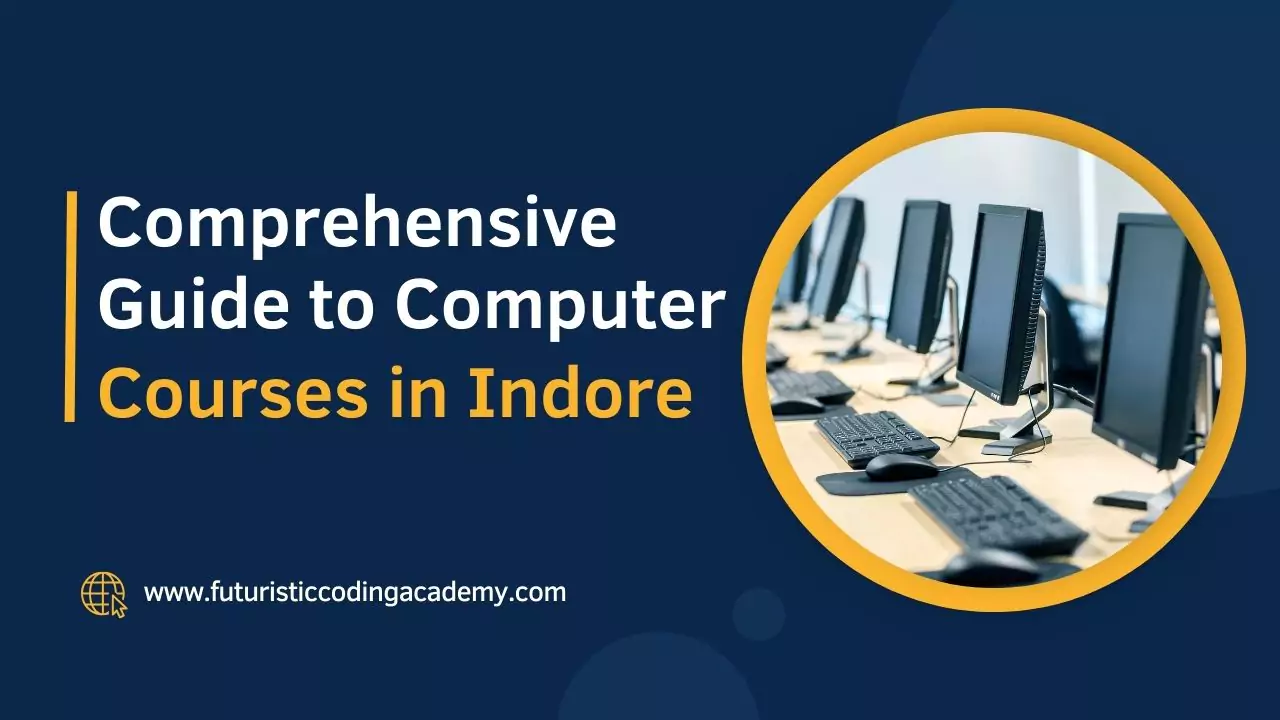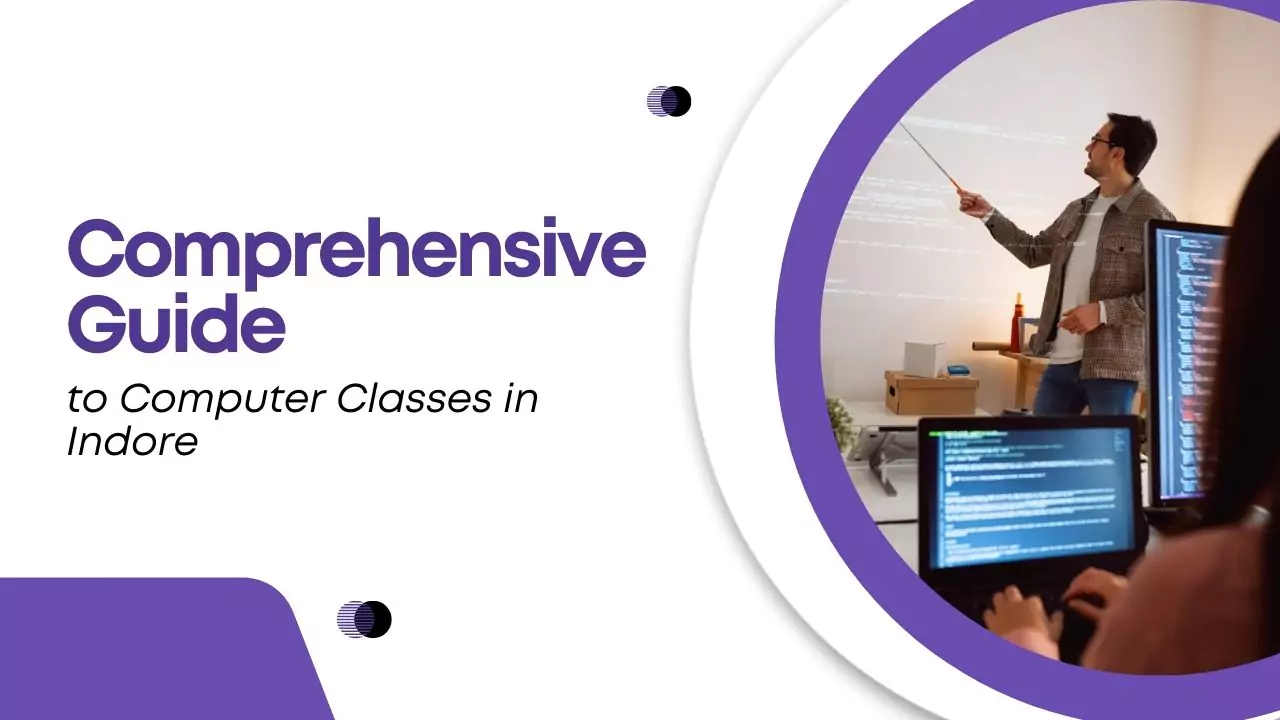In today’s fast-paced tech world, full stack developers are in high demand for their ability to manage both the front-end and back-end of applications. If you’re aiming to break into this dynamic field or elevate your current skills, having a well-defined roadmap is crucial. In this comprehensive guide, we’ll outline the key steps for mastering full stack development in 2024, aligned with the latest industry trends.
Why a Full Stack Roadmap Matters
The world of web development is continuously evolving, with new technologies and frameworks emerging every year. A clear roadmap helps aspiring developers focus on mastering the right skills, tools, and technologies to build robust, scalable web applications. This guide will not only help you plan your learning journey but also provide you with a competitive edge in the job market.
Front-End Development Roadmap
Frontend Basics
The journey to becoming a full stack developer starts with mastering the front-end technologies. The essential building blocks include:
- HTML: The structure of any web page.
- CSS: For styling and responsive designs.
- JavaScript: For adding interactivity to your web applications.
Once you’re comfortable with the basics, explore responsive design techniques using frameworks like Bootstrap or Tailwind CSS to ensure your applications work seamlessly across devices
Advanced Front-End Techniques
After learning JavaScript, you’ll want to dive deeper into frameworks and libraries. Some popular choices are:
- React: Known for its component-based architecture, React is widely used for building dynamic user interfaces.
- Angular: A complete front-end framework that provides tools like two-way data binding and dependency injection.
- Vue.js: Offers simplicity and flexibility, perfect for both small and large projects

Backend Development Roadmap
Backend Programming Languages
As a full stack developer, your backend skills are just as important as your front-end expertise. Start by mastering one or more backend programming languages:
- Node.js: A JavaScript runtime built for scalable network applications.
- Python: Known for its simplicity and readability, Python is used in web frameworks like Django and Flask.
- Ruby: Another great language, often used with the Ruby on Rails framework.
Database Management
Understanding how databases work is a critical part of full stack development. You’ll encounter two primary types of databases:
- SQL Databases: Relational databases like MySQL and PostgreSQL are used to store structured data.
- NoSQL Databases: MongoDB is a popular NoSQL database used for handling unstructured data.
Building RESTful APIs
An essential skill for any full stack developer is the ability to build and consume RESTful APIs. These allow different software applications to communicate with each other over the internet. Make sure to learn about HTTP methods (GET, POST, PUT, DELETE) and how to implement authentication mechanisms.
Full Stack Tools and Technologies
Version Control with Git and GitHub
Version control is an essential tool for managing your code and collaborating with other developers. Git helps track changes, while GitHub allows you to store and share your repositories with others.
DevOps Tools for Full Stack Developers
Understanding deployment processes is key to becoming a proficient full stack developer. Tools like Docker and Kubernetes help manage containerization and deployment of applications, while CI/CD pipelines automate the build and deployment processesship, you need to master a diverse set of skills across both front-end and back-end technologies. Here are some key skills to focus on:

Web Security Essentials
Key Security Practices for Full Stack Developers
Web security is a crucial aspect of full stack development. Some important security concepts include:
- Cross-Site Scripting (XSS): Preventing malicious scripts from being injected into your application.
- Cross-Site Request Forgery (CSRF): Safeguarding against unauthorized actions performed on behalf of a logged-in user.
- Secure Authentication: Using secure methods to handle user login, such as OAuth or JWT.
Real-World Project Building
Building Full Stack Projects
The best way to solidify your skills is by building real-world projects. Start with simpler projects like personal portfolios or blogs and gradually move on to more complex applications such as e-commerce sites or project management tools. These projects will give you hands-on experience and serve as valuable portfolio pieces to showcase to potential employers.
Continuous Learning and Staying Updated
Continuous Learning
Web development is a rapidly changing field. To stay competitive, regularly update your skills by reading tech blogs, participating in webinars, and engaging with online coding communities

FAQs on Full Stack Development Roadmap
Which Stack Should I Start With?
Begin with the MERN stack (MongoDB, Express.js, React, and Node.js) or MEAN stack (MongoDB, Express.js, Angular, and Node.js). Both are JavaScript-based and streamline development by using the same language on the frontend and backend.
How Long Does It Take to Become Proficient in Full Stack Development?
On average, it takes 1-2 years of dedicated learning and practice to become proficient in full stack development, though prior programming experience can shorten this timeline.
What is the best technology stack for full stack developers?
The best technology stack for full stack developers in 2024 depends on the type of project and the developer’s goals. The MERN stack (MongoDB, Express.js, React, and Node.js) is highly popular due to its flexibility and use of JavaScript for both frontend and backend. Alternatively, the MEAN stack (MongoDB, Express.js, Angular, and Node.js) is great for more complex applications that require a robust framework like Angular.
How long does it take to become a full stack developer?
Becoming proficient in full stack development typically takes between 1 to 2 years of focused learning. This includes mastering frontend technologies like HTML, CSS, and JavaScript, along with backend frameworks like Node.js or Python. The exact duration depends on prior programming experience, the learning path, and the time dedicated to practicing.
What projects should I build as a full stack developer?
To gain practical experience, full stack developers should build projects that cover both frontend and backend development. Popular choices include personal portfolio websites, e-commerce platforms, social media applications, and project management tools. These projects help you showcase skills in database management, API development, and responsive design
Conclusion: Starting Your Journey in Full Stack Development
Full stack development offers a fulfilling and lucrative career path, but the journey requires persistence, practice, and a strong learning roadmap. By following this full stack developer roadmap for 2024, you’ll be well-equipped to build scalable, efficient web applications and stay competitive in the tech world.
Ready to embark on your journey? Explore the full stack courses at Futuristic Coding Academy and start building your skills today!






